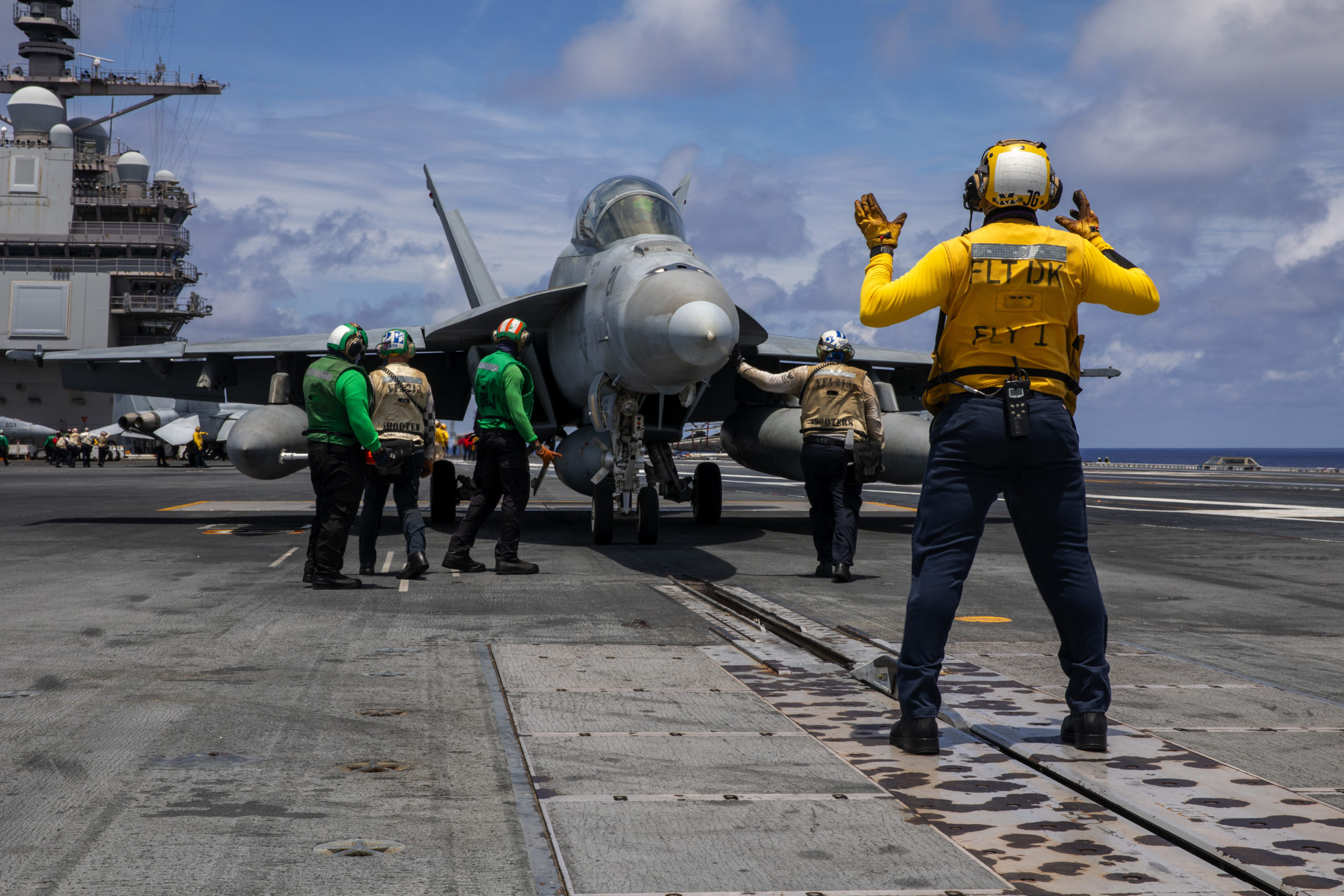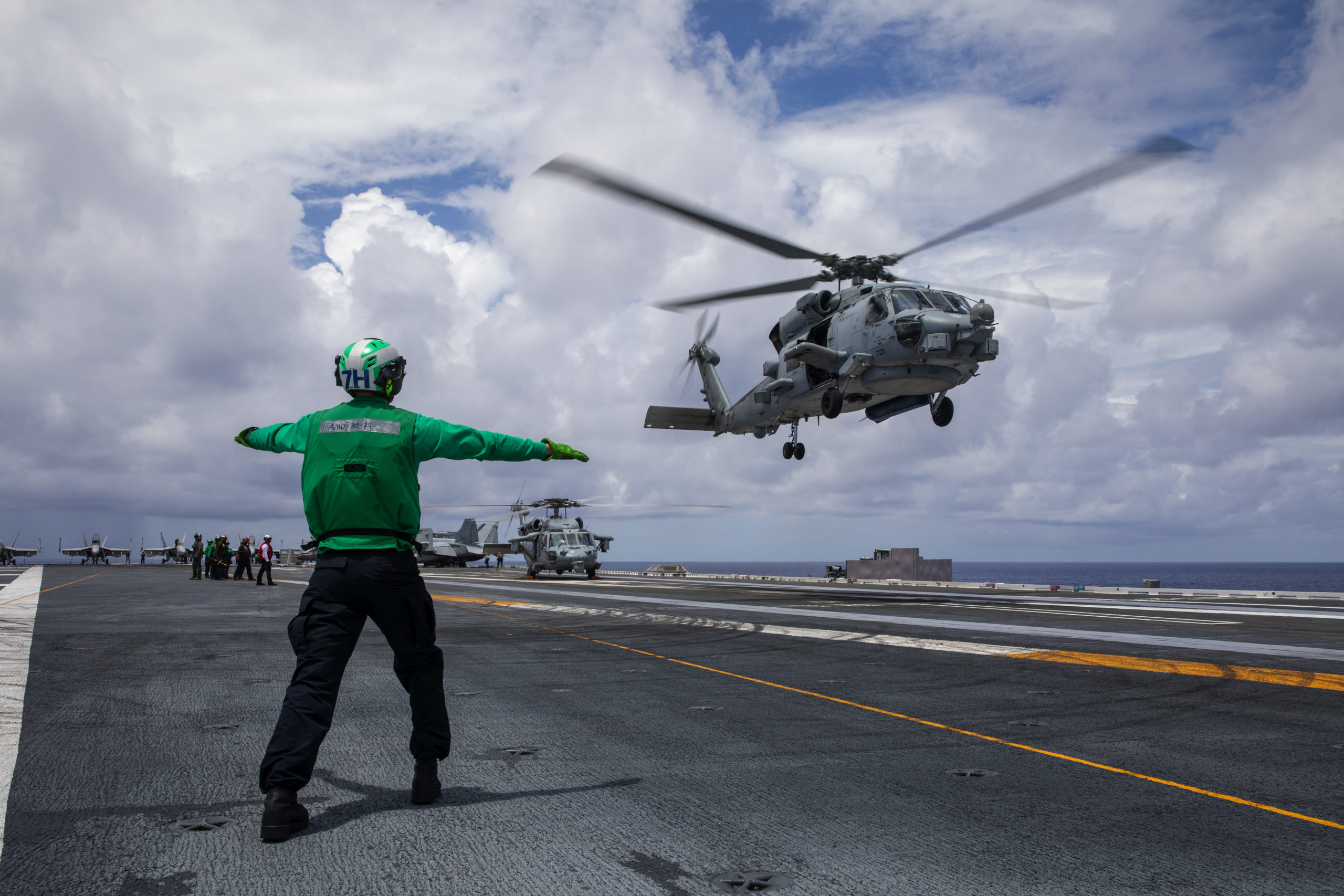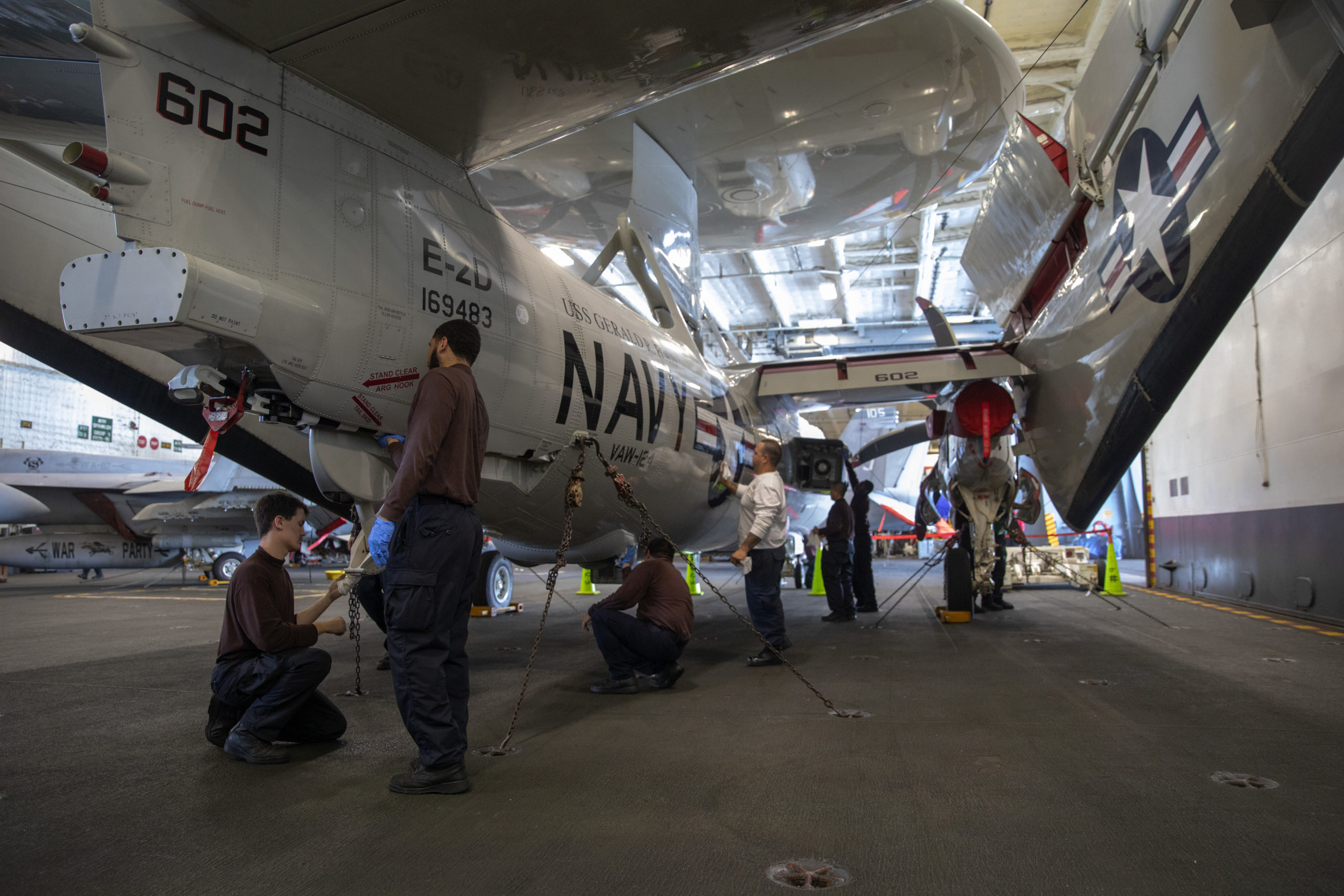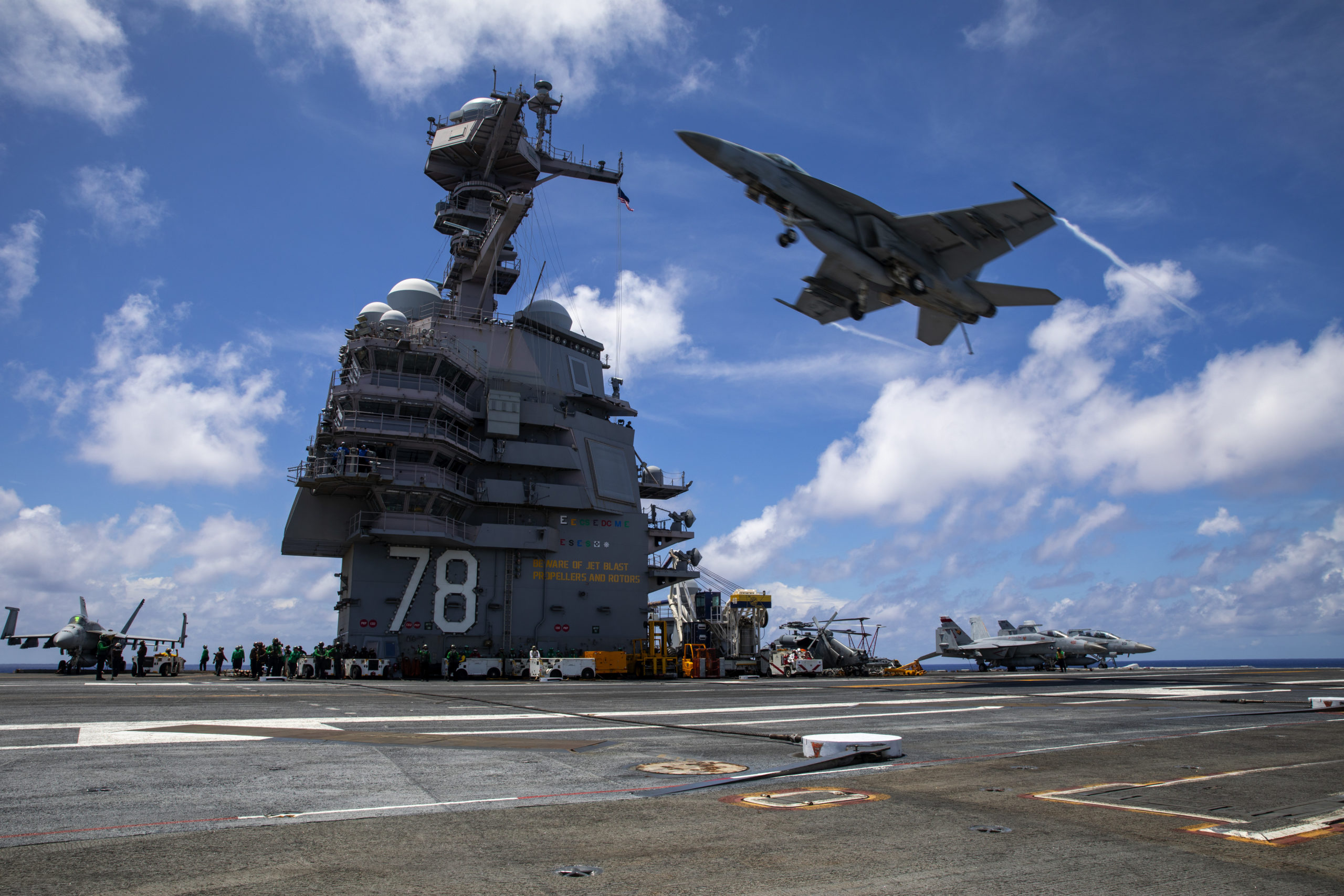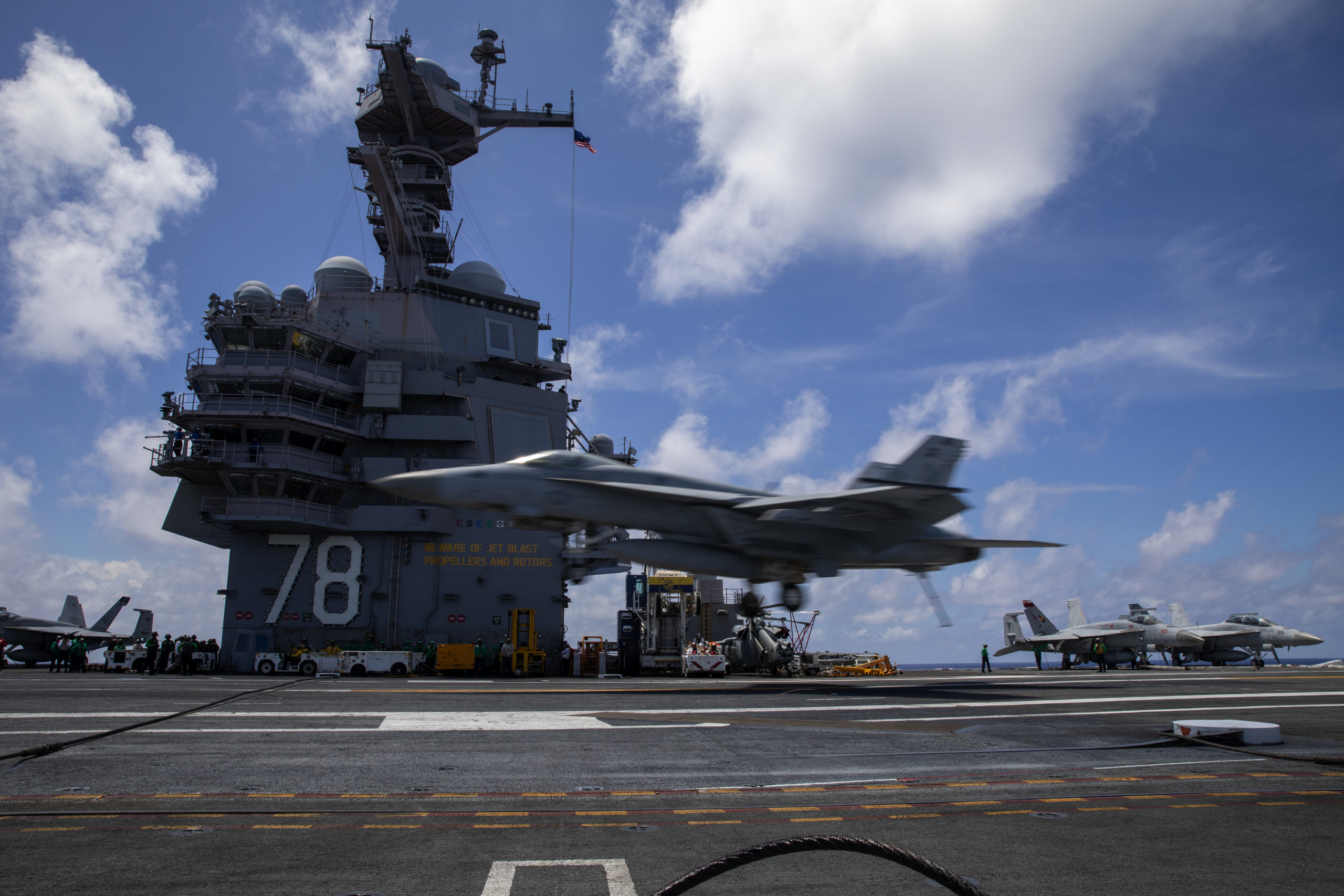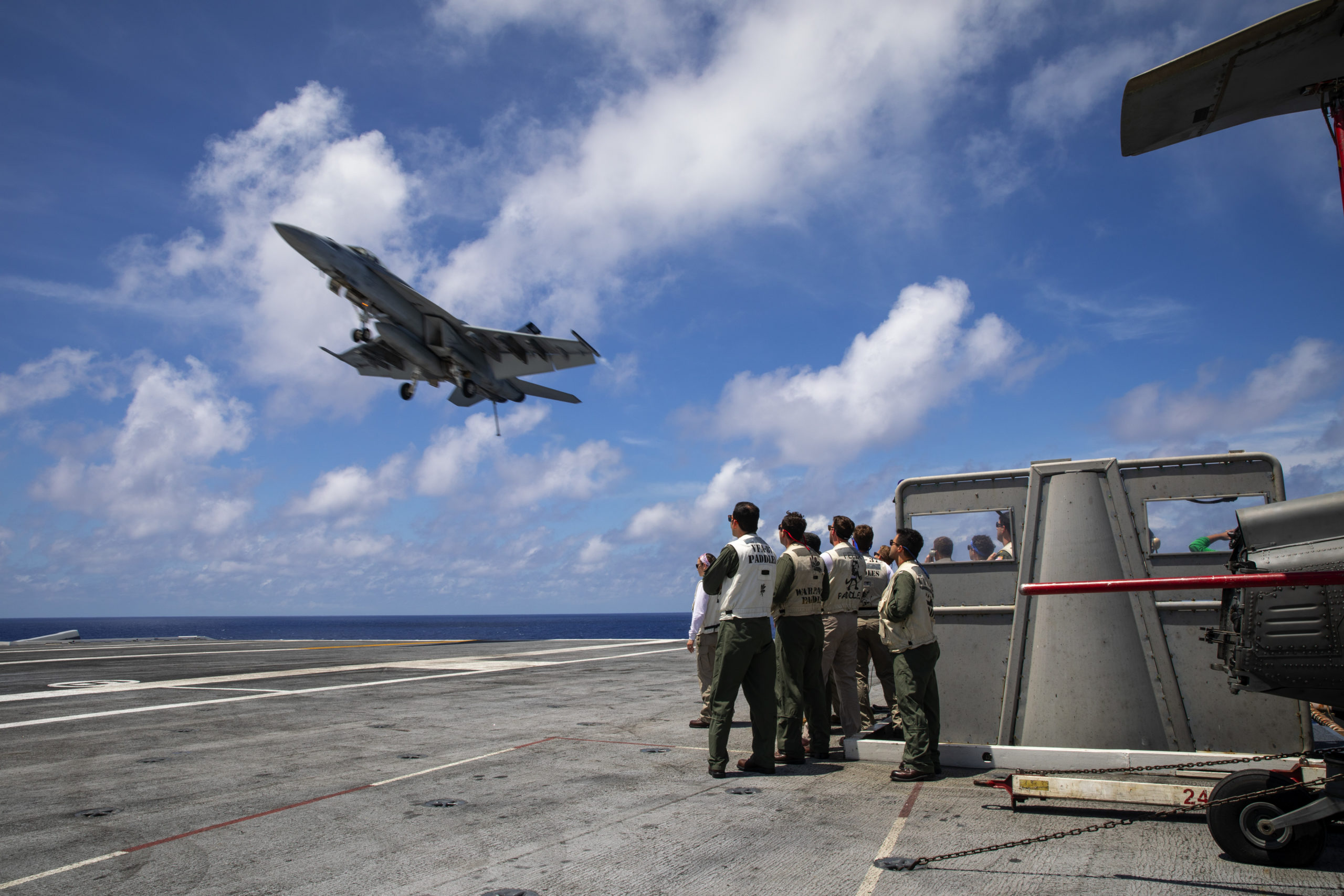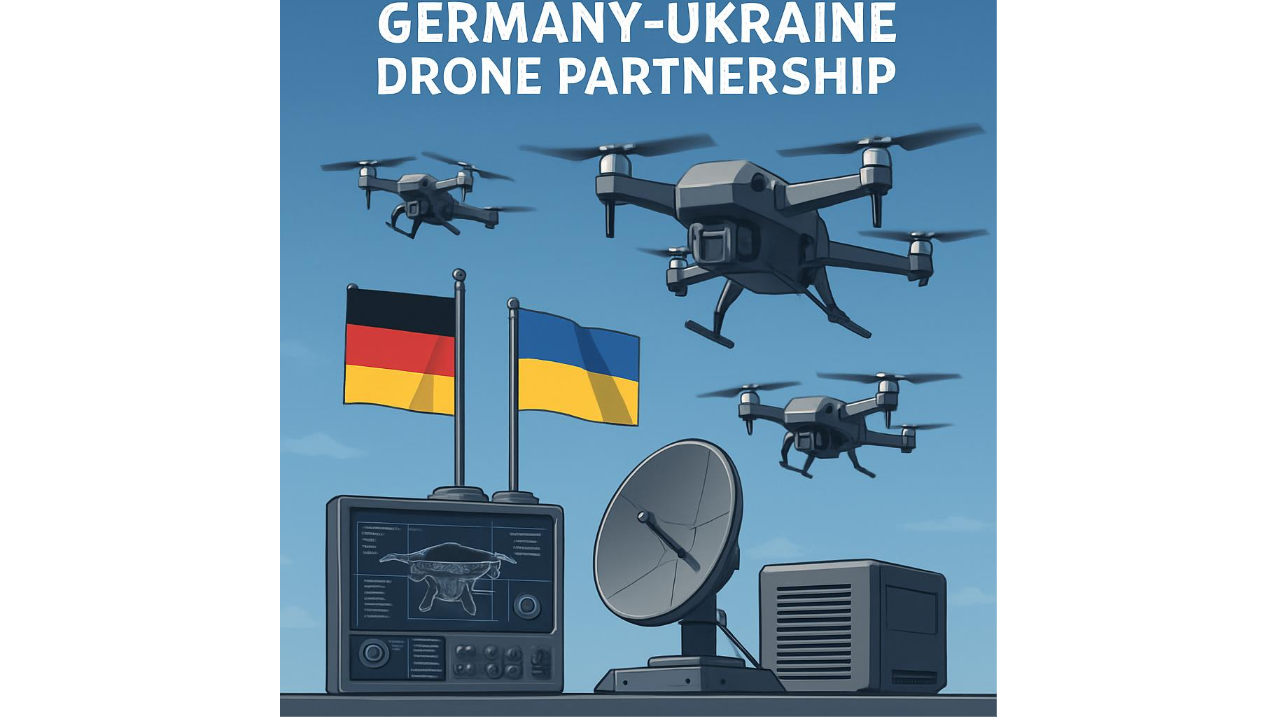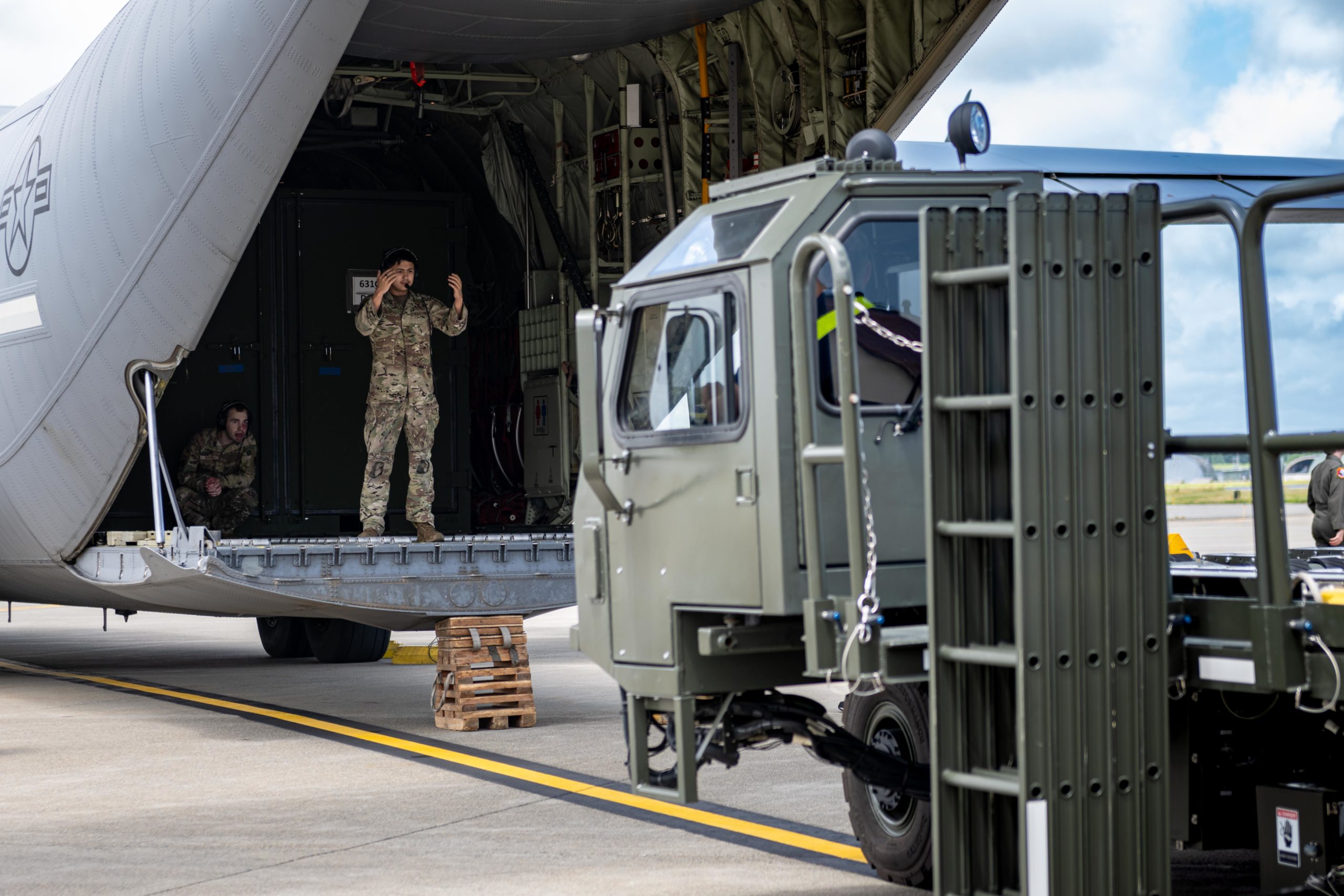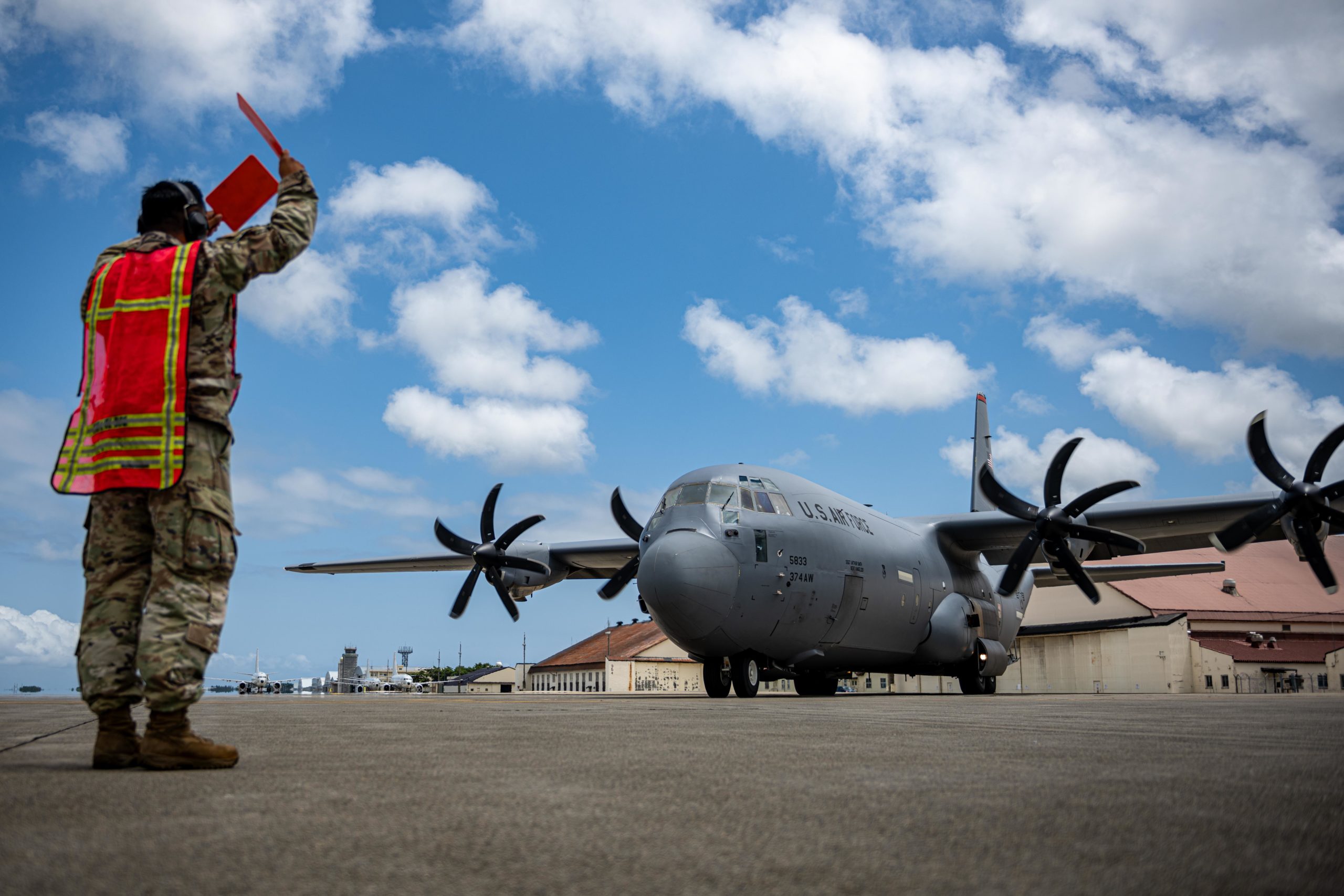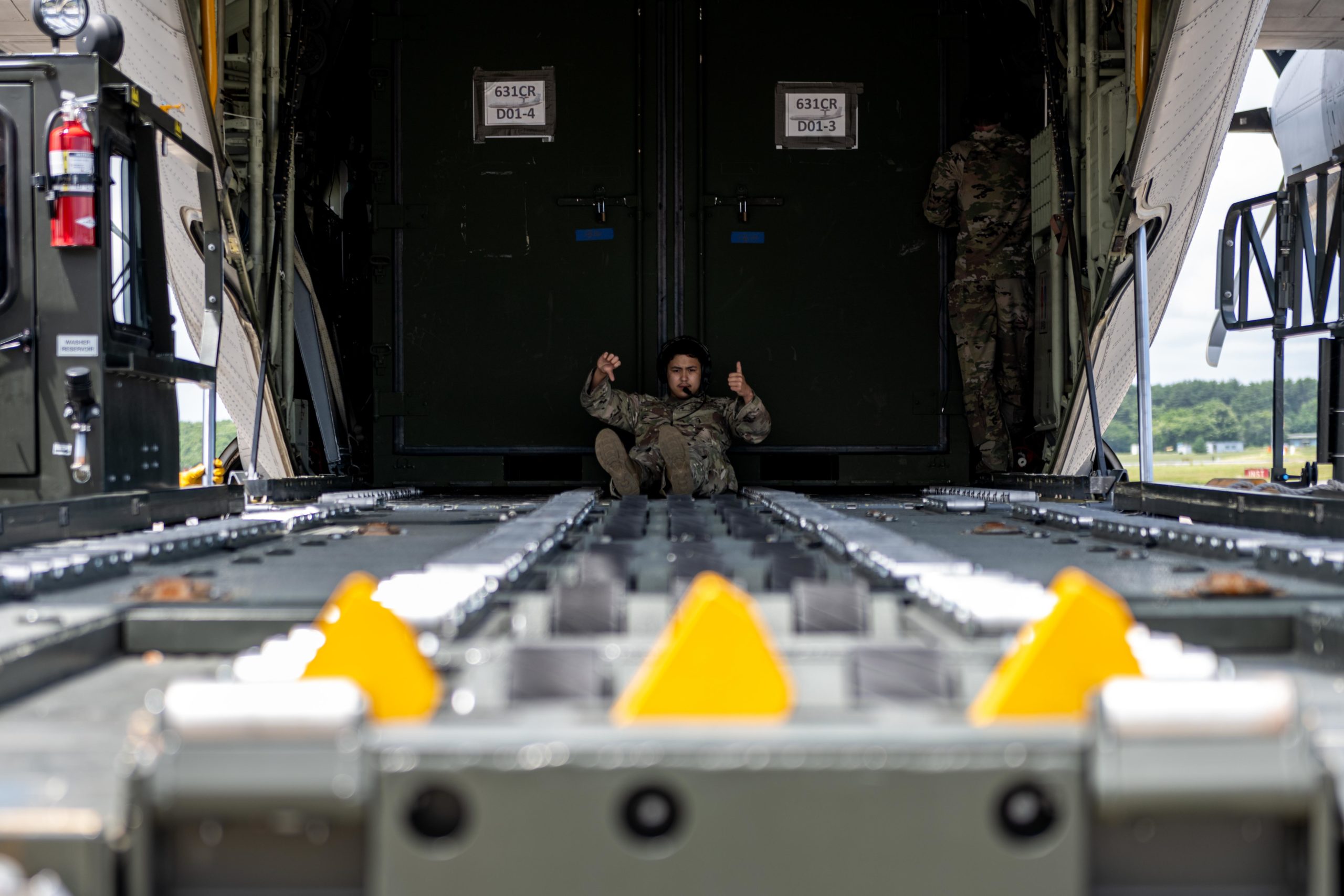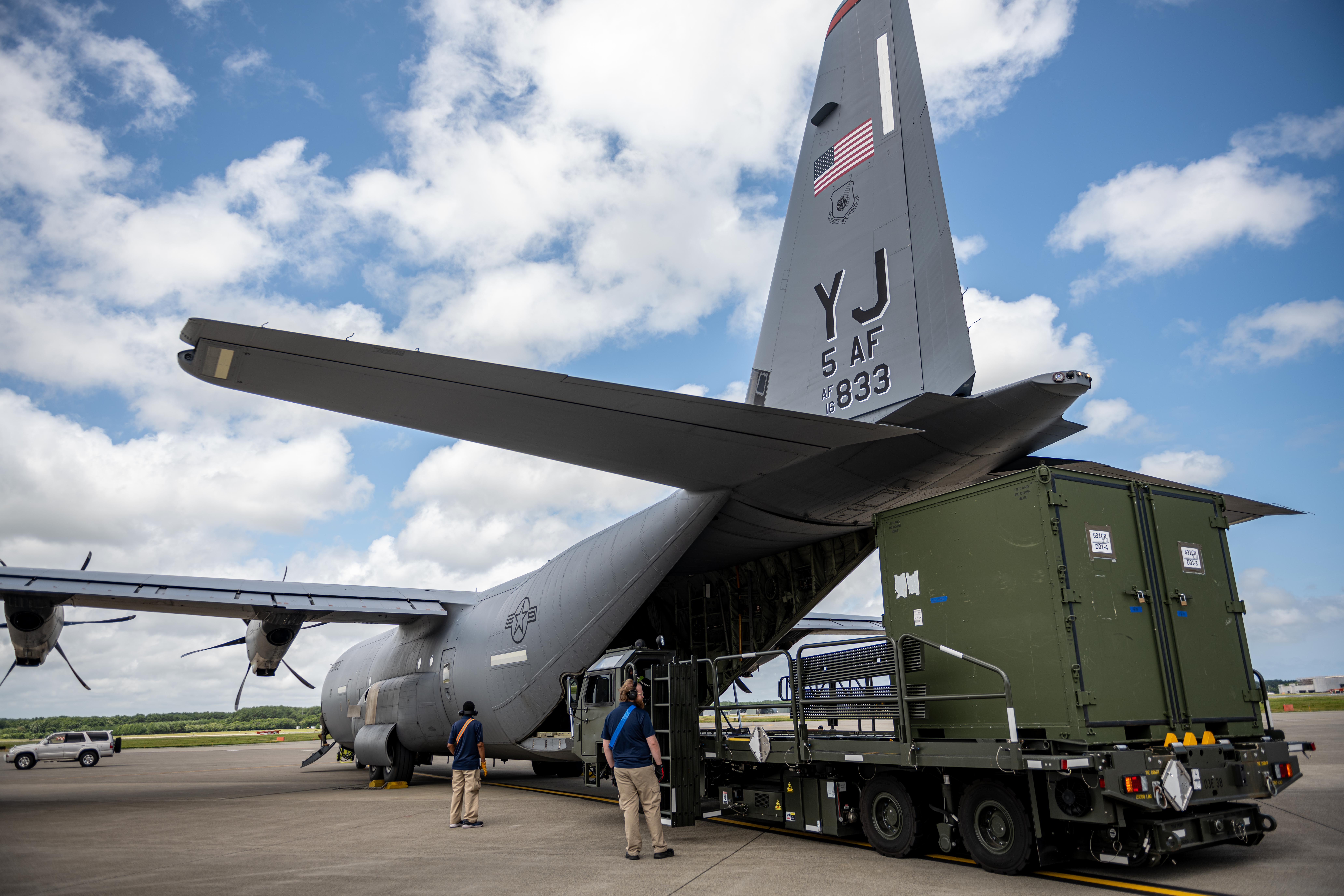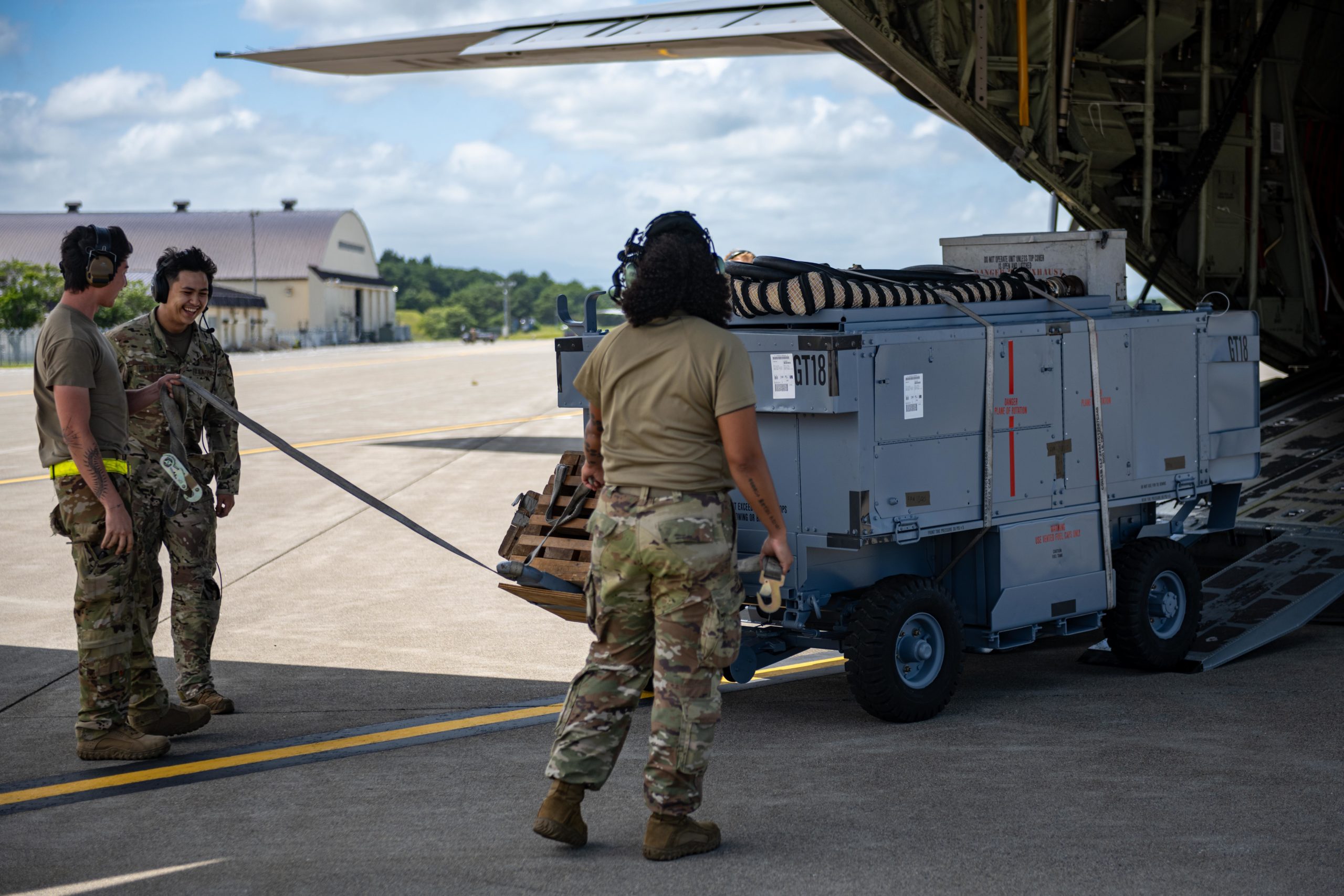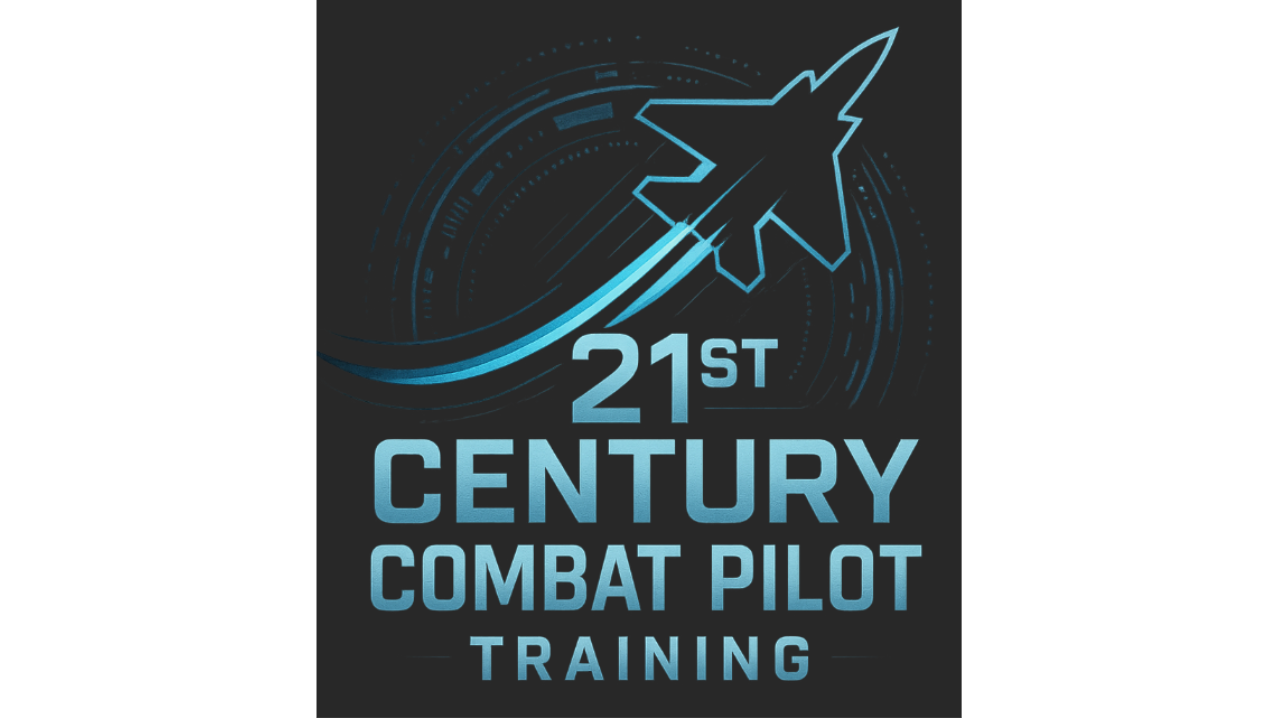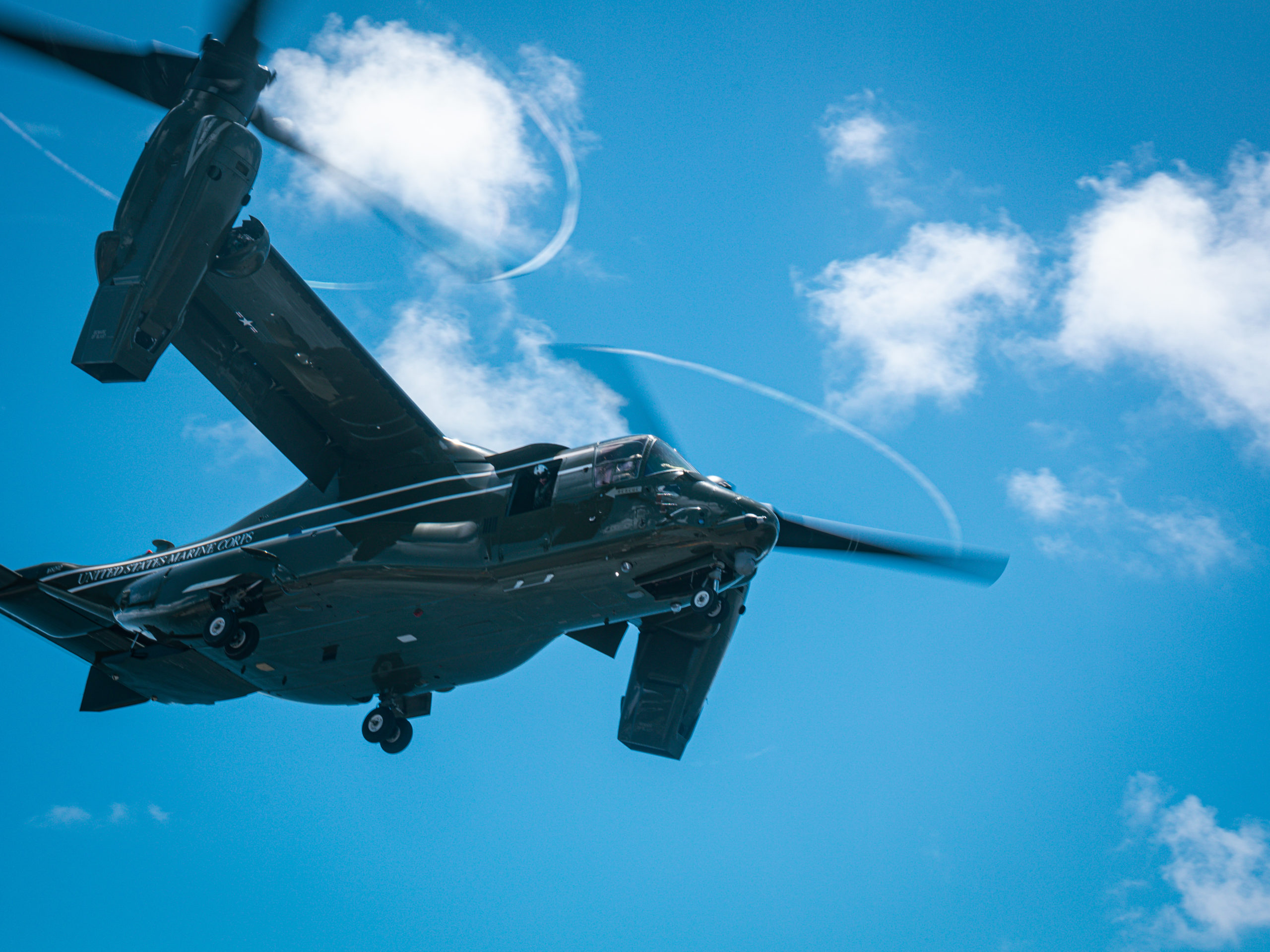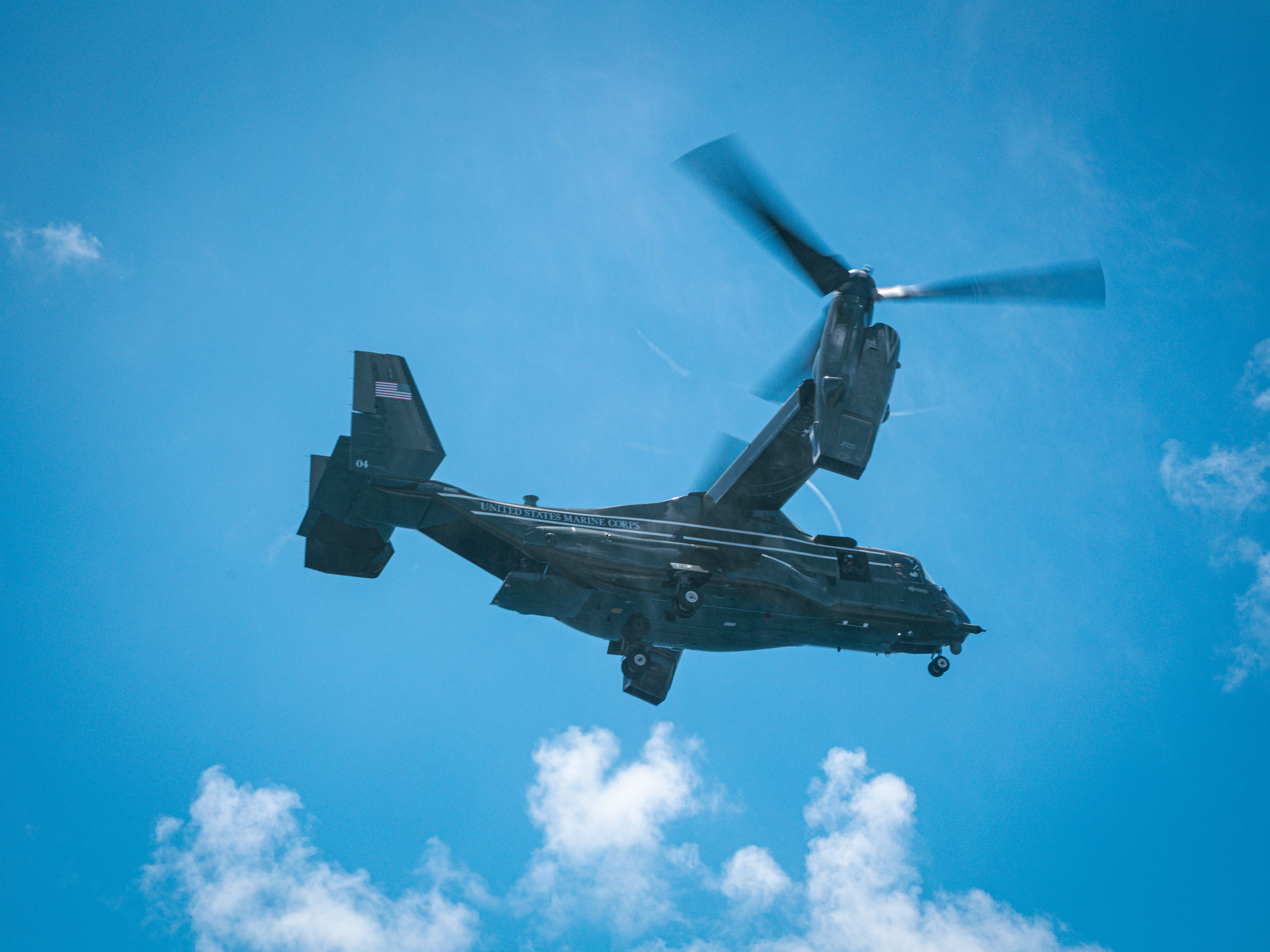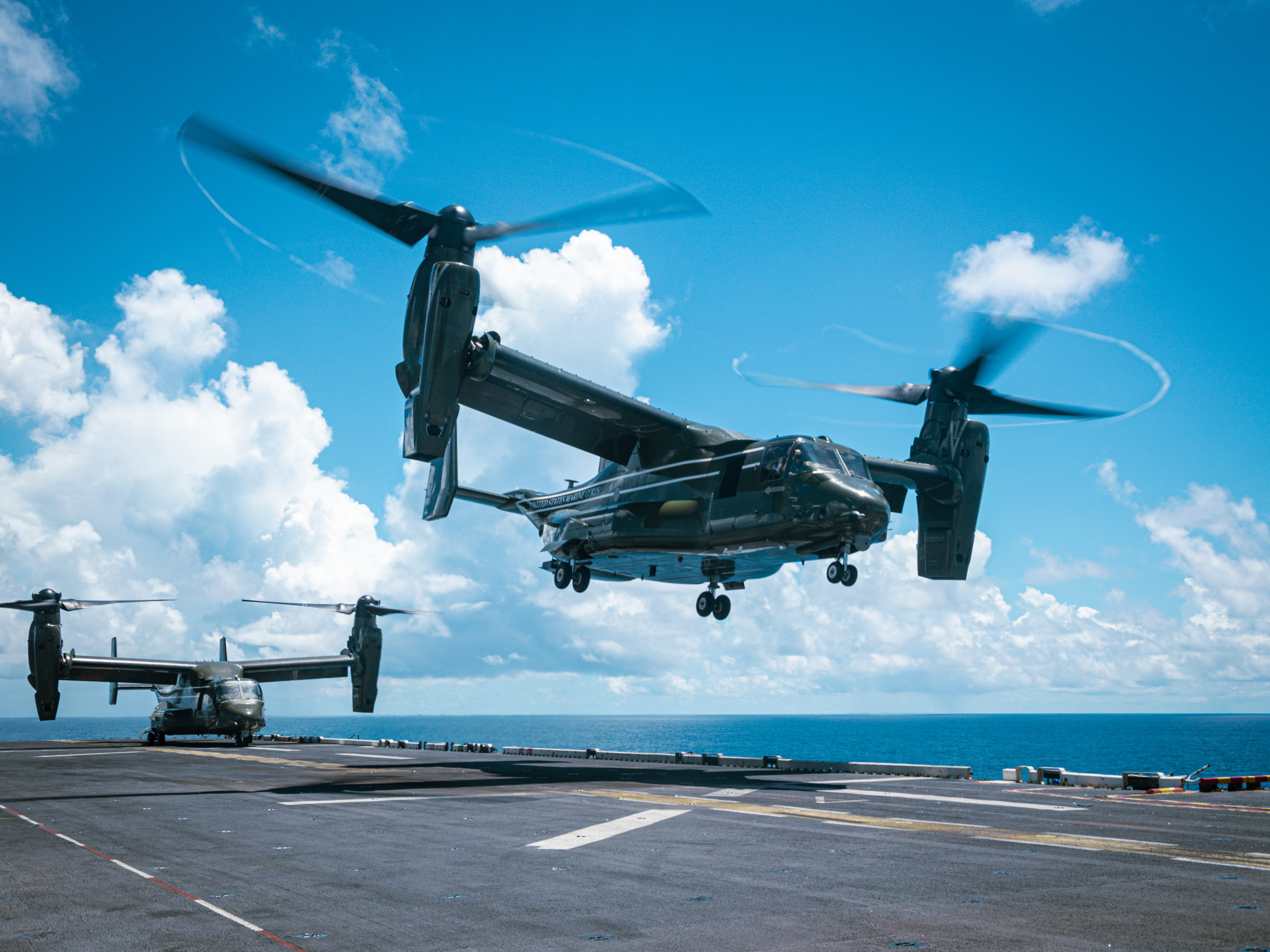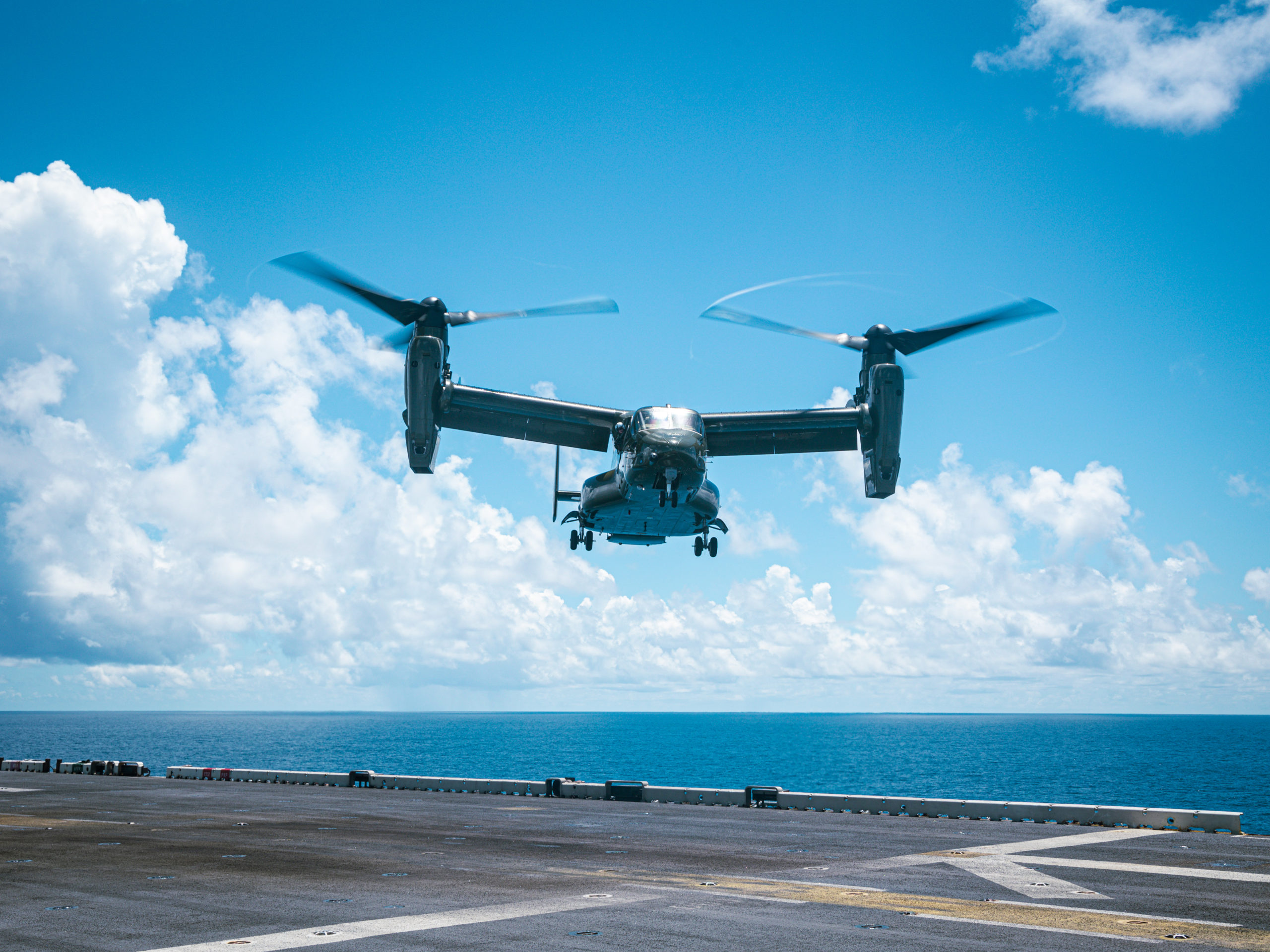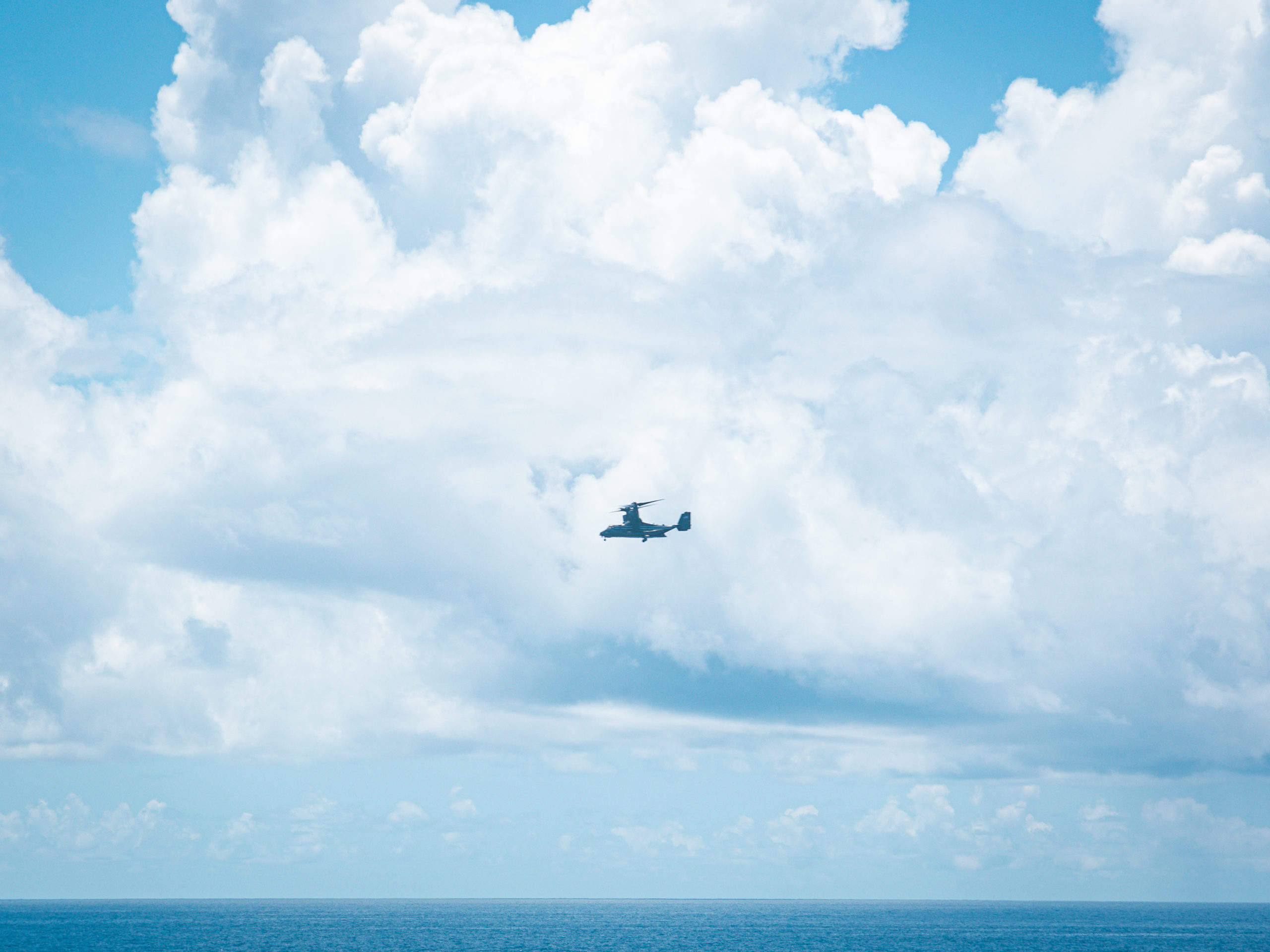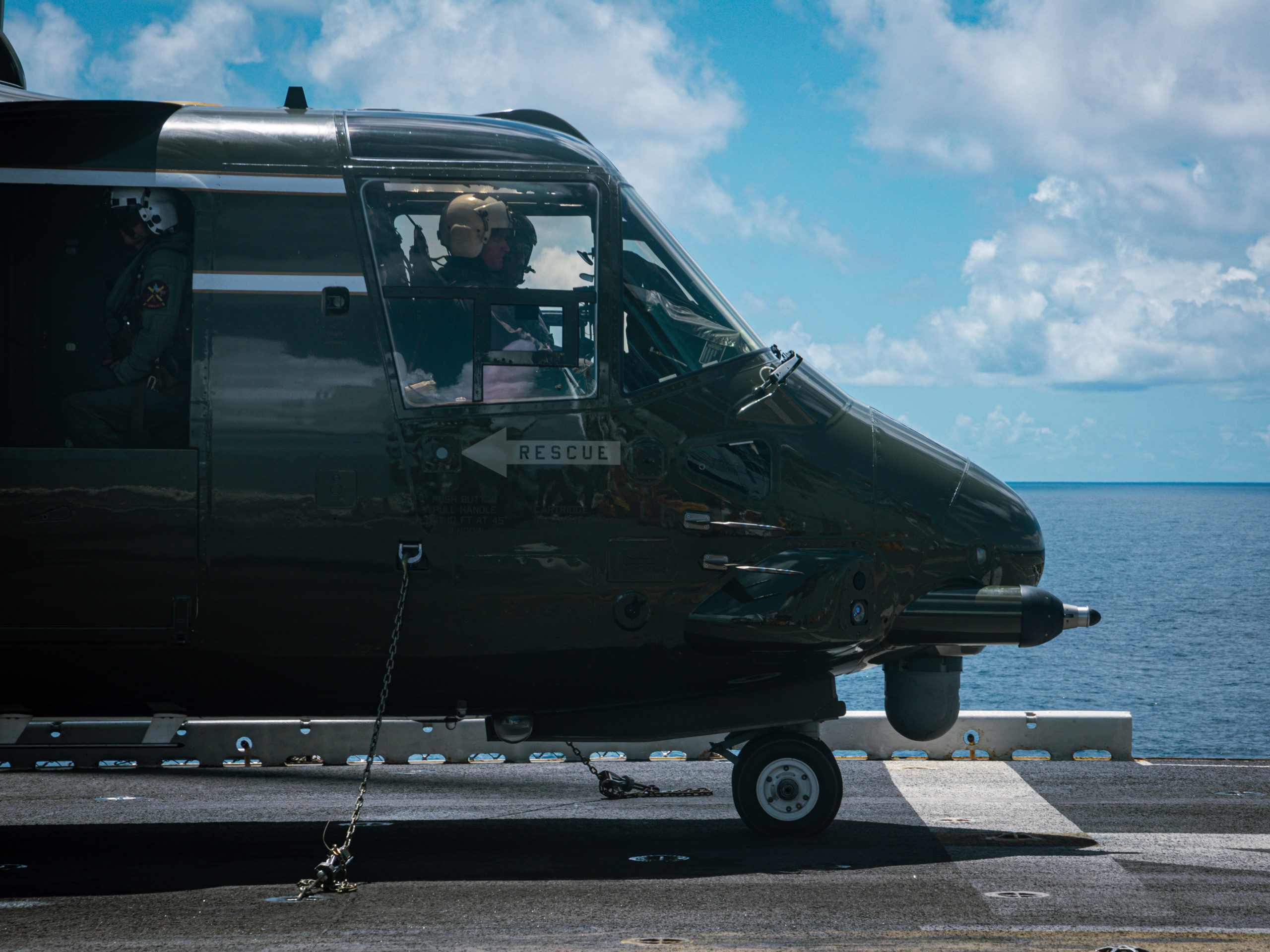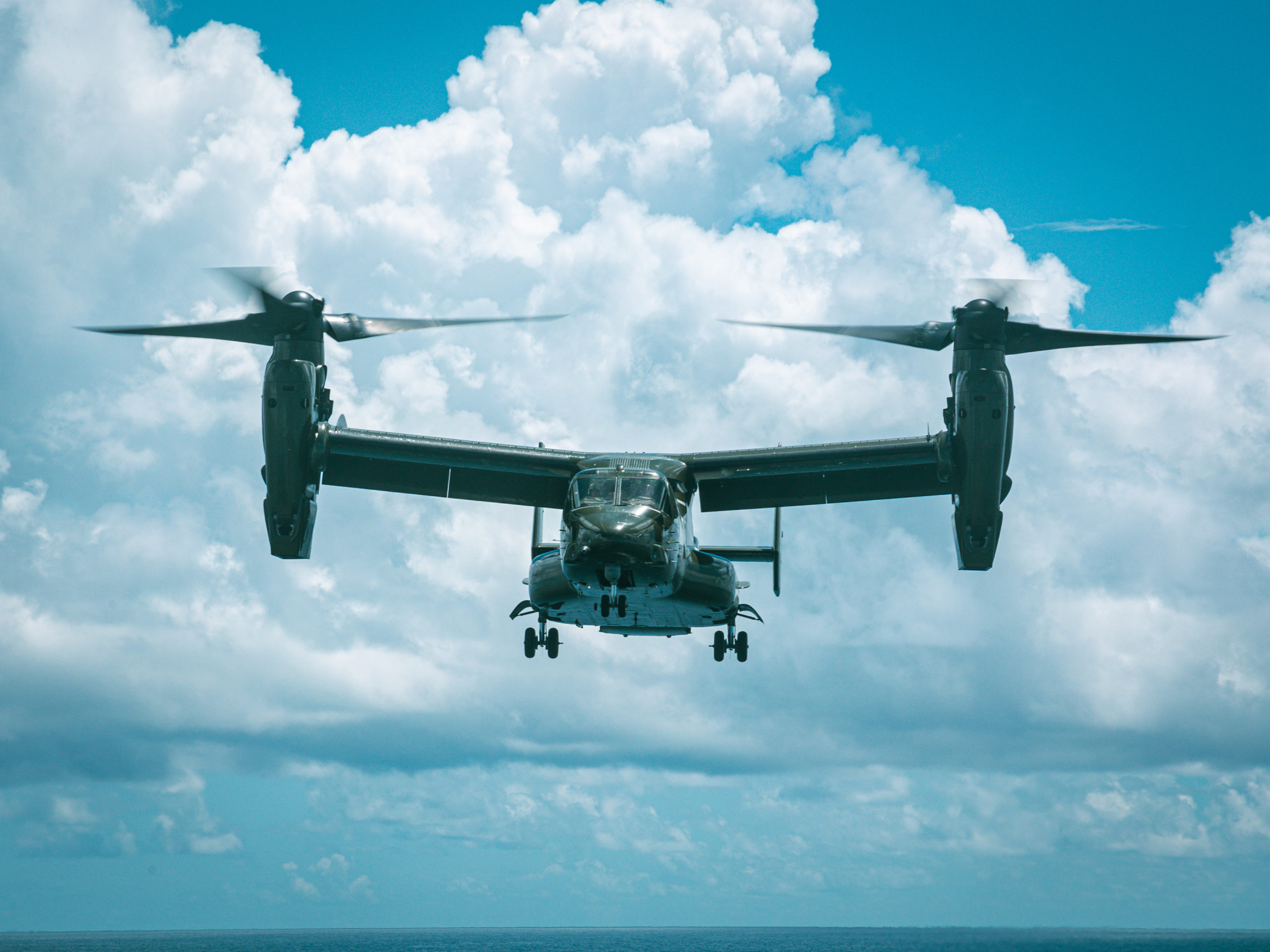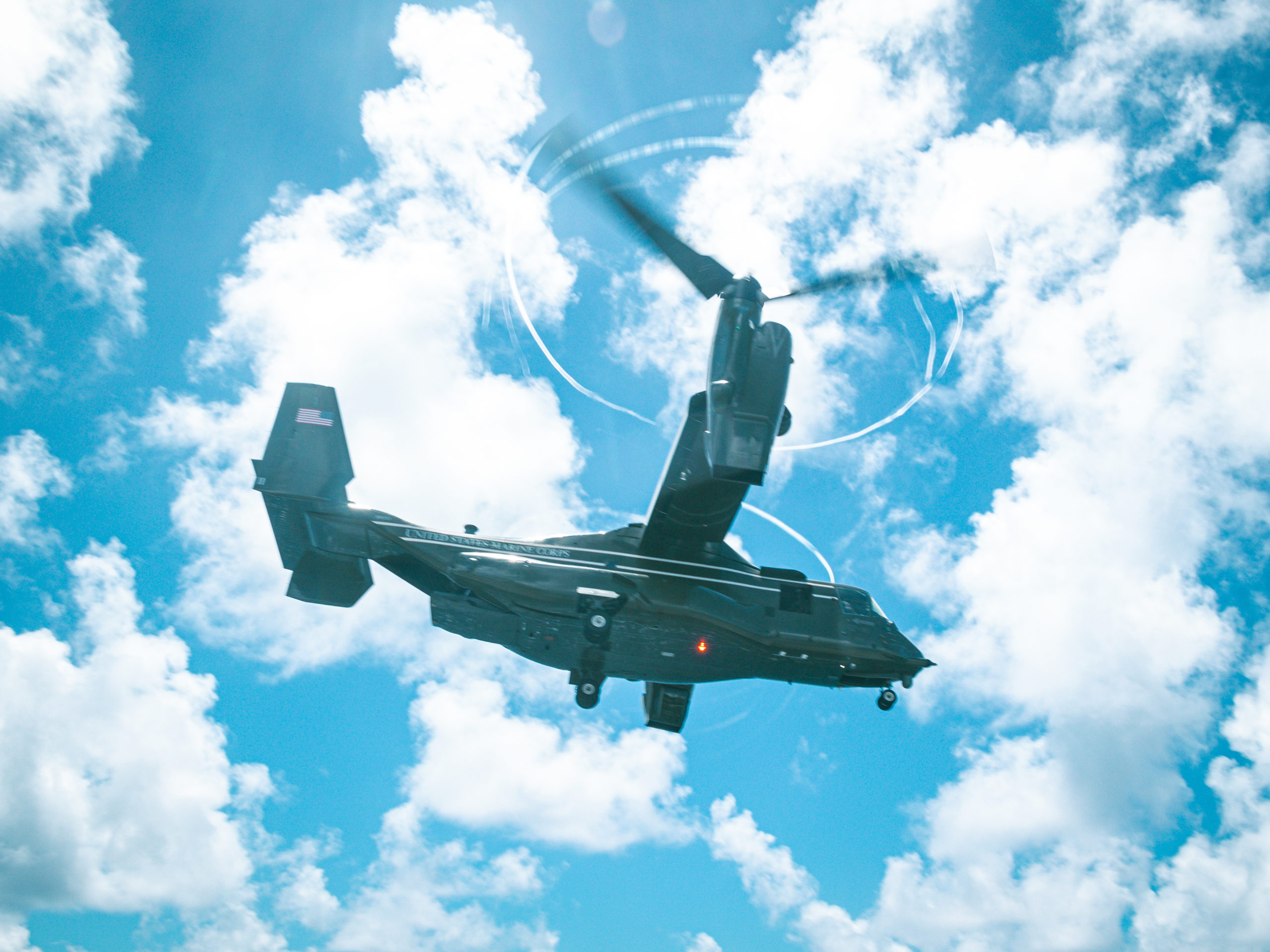Germany has emerged as Ukraine’s most critical drone technology partner since February 2022, fundamentally transforming both nations’ defense capabilities through unprecedented industrial cooperation.
German companies have delivered over 900 advanced reconnaissance and strike drones to Ukraine while establishing full manufacturing facilities on Ukrainian soil – a level of wartime defense cooperation unmatched in modern history.
This partnership has not only supercharged Ukraine’s evolution into a drone warfare superpower but can impact on or empower Germany’s own military transformation, accelerating its shift from traditional defense procurement to an agile, innovation-focused approach emphasizing mass production and autonomous systems.
The strategic implications extend far beyond immediate military support.
Through supporting Ukraine’s drone operations, Germany has gained invaluable real-world battlefield data that is reshaping its own military doctrine, industrial policy, and defense investment priorities.
German defense officials now recognize that drones account for 60-70% of equipment destruction in modern warfare, validating their pivot toward distributed manufacturing, human-machine teaming, and precision mass production over traditional exquisite systems.
German companies have provided comprehensive drone capabilities across the entire spectrum of unmanned systems. Quantum-Systems has delivered nearly 500 Vector reconnaissance drones through German government funding, while simultaneously establishing a complete manufacturing ecosystem in Ukraine. Their Vector systems feature advanced AI-powered target detection, GPS-denied navigation capabilities, and specialized electronic warfare resistance – technologies proven essential in Ukraine’s intensive EW environment.
The company’s Ukrainian facility, inaugurated by German Economy Minister Robert Habeck, now employs 80 people expanding to 120, producing 1,000 units annually with fully localized fuselage production. This represents more than equipment delivery – it’s a complete technology transfer that has enhanced Ukrainian manufacturing capabilities while providing Germany with distributed production resilience.
Helsing has committed to delivering 10,000 AI-enabled strike drones, including 4,000 plywood-constructed HF-1 systems and 6,000 next-generation HX-2 drones with 100-kilometer range and swarm coordination capabilities. These systems incorporate breakthrough innovations like radar-transparent wooden construction combined with sophisticated AI guidance systems that enable autonomous mission completion even when communications are severed.
Rheinmetall has provided both offensive and defensive capabilities, delivering multiple SurveilSPIRE mobile reconnaissance systems and two Skynex air defense systems specifically designed to counter drone threats. The Skynex systems have proven particularly effective against Iranian Shahed drones, demonstrating the critical importance of layered air defense in modern warfare.
HENSOLDT’s contribution focuses on sensor technologies, providing 10 TRML-4D radars capable of tracking 1,500 targets simultaneously up to 250 kilometers range. These systems form the backbone of Ukraine’s air defense networks, specifically optimized for detecting small, fast-moving drones and cruise missiles.
The German-Ukrainian partnership has evolved from emergency aid to strategic industrial cooperation through comprehensive technology transfer programs. Quantum-Systems achieved 100% localization of Vector drone production in Ukraine by 2025 actually improving the design by reducing drone weight through superior Ukrainian materials. Their training programs have developed 200+ Ukrainian operators through a train-the-trainer model using 15 local instructors.
Helsing’s distributed manufacturing approach represents a paradigm shift toward resilient production networks. Their “Resilience Factories” across Europe, starting with the completed RF-1 facility in southern Germany, can produce over 1,000 drones monthly with capability to scale to tens of thousands during conflict escalation. This model provides both strategic autonomy for Germany and sustainable industrial capacity for Ukraine.
The battlefield feedback loop has proven crucial for rapid innovation. German systems undergo continuous improvement based on Ukrainian combat experience, with development cycles compressed from years to months. This has resulted in significant enhancements including frequency-hopping communications, improved battery life, enhanced stability systems, and specialized EW countermeasures.
Ukrainian forces first employed German drones during the Battle of Siverskyi Donets in May 2022, where Quantum Vector systems operated effectively through smoke and electronic warfare interference. Since then, German-supported drones have contributed to Ukraine’s most successful operations, including the devastating June 2025 “Operation Spider’s Web” that destroyed over 40 Russian aircraft across four airbases using strikes reaching 4,000+ kilometers into Russian territory.
The combat effectiveness data is striking. Helsing’s HF-1 drones have successfully engaged high-value Russian assets including Pantsir-S1 and Buk-M3 air defense systems at ranges of 45-50 kilometers behind enemy lines. Their radar-transparent construction and AI guidance systems provide remarkable survivability in contested environments.
Despite intensive Russian electronic warfare efforts, German systems maintain approximately 67% survival rates – losing roughly one-third of deployed systems while achieving mission objectives. This performance validates the technological approach emphasizing AI autonomy, EW resistance, and distributed operations rather than relying solely on communications links.
German counter-drone systems have proven equally effective. The Skynex air defense platforms successfully intercept Iranian-supplied Shahed drones, while mobile jamming systems disrupt Russian drone communications across multiple frequency bands.
The Ukrainian experience has fundamentally altered German military thinking, accelerating the transition from traditional procurement models to innovation-focused approaches. Germany has embraced Ukraine’s “precision mass” doctrine deploying large quantities of relatively inexpensive, AI-enabled systems rather than smaller numbers of sophisticated platforms.
German defense planners now acknowledge that modern battlefields offer “little to no place to hide,” fundamentally reshaping force deployment, dispersal, and operational concepts. This recognition has driven doctrinal shifts toward distributed operations, human-machine teaming, and network-centric warfare approaches.
The cost-exchange dynamics observed in Ukraine validate German investment priorities. Ukrainian drones costing thousands of euros routinely destroy Russian equipment worth millions, demonstrating superior cost-effectiveness compared to traditional expensive systems. This has influenced German procurement toward mass-producible autonomous systems rather than exquisite platforms.
Electronic warfare integration has become paramount in German military planning. The necessity of EW-resistant systems, demonstrated through Ukraine’s intensive jamming environment, has driven development of AI-native systems capable of autonomous operation when communications are denied.
Germany’s €100 billion Sondervermögen (Special Fund) established in February 2022 reflects the strategic urgency created by the Ukrainian conflict. Total German defense spending reached €78-85 billion in 2024, meeting NATO’s 2% GDP target for the first time since the 1990s, with significant allocations specifically for drone and autonomous systems capabilities.
Major procurement programs directly influenced by Ukrainian lessons include €1.3 billion for comprehensive counter-drone systems, hundreds of millions for reconnaissance and strike drones, and first-time acquisition of loitering munitions. The €200+ million LUNA NG contract for 13 reconnaissance systems exemplifies accelerated procurement timelines – reducing typical multi-year processes to months based on war urgency.
Germany has reversed its long-standing policy against weaponizing drones, deciding to arm its Heron systems based on Ukrainian battlefield validation. Parliamentary defense committee discussions emphasize NATO-wide adoption of Ukrainian-proven drone tactics, with Germany leading alliance drone capability coalitions.
Organizational changes include proposals for dedicated “drone branches” within German forces and integration of autonomous systems across all service domains. The Bundeswehr is adapting basic training to include drone handling and counter-drone skills at platoon level and above.
German defense investment has fundamentally reoriented toward rapid innovation and mass production capabilities. Helsing’s €770+ million funding and €5 billion valuation represents the success of Germany’s new approach, emphasizing AI-native defense companies over traditional contractors.
The company’s distributed manufacturing model demonstrates strategic resilience through geographic diversification. Multiple factories across Europe provide surge capacity while ensuring continued production despite potential supply chain disruptions.
European partnership programs reflect German priorities shaped by Ukrainian lessons. The Future Combat Air System (FCAS) with France and Spain now emphasizes “Remote Carrier” drones as loyal wingmen, while the Trinity House Agreement with the UK focuses on collaborative autonomous systems development.
Investment timelines have compressed dramatically. Traditional 5-10 year procurement cycles have accelerated to 2-3 years, with emphasis on rapid testing, iteration, and mass production rather than lengthy development phases. This reflects Germany’s adoption of Ukrainian-style continuous innovation cycles.
Germany has pioneered joint production models through its Ukrainian partnerships, including €5 billion in defense cooperation agreements and €400 million investment in Ukrainian long-range drone production. These represent more than commercial relationships – they’re strategic industrial partnerships that enhance both nations’ capabilities.
Export policy has evolved from restrictive to enabling approaches for drone technologies. Germany now supports the “Danish Model” of direct procurement from Ukrainian defense industry while integrating Ukrainian suppliers into German defense supply chains.
Technology transfer acceleration characterizes the new German approach. Helsing’s distributed manufacturing across Europe, MBDA Deutschland’s counter-UAS cooperation, and numerous joint ventures between German and Ukrainian companies demonstrate rapid adaptation compared to traditional defense procurement.
The transformation extends to dual-use technology integration. German companies are incorporating civilian AI advances, commercial manufacturing techniques, and startup innovation models into defense applications – a significant departure from traditional segregation between commercial and military sectors.
Germany’s Ukrainian drone partnership has positioned both nations at the forefront of next-generation warfare technology. The established production networks provide foundations for potential expansion across NATO allies, while the technological advances have broader applications for European defense requirements.
German defense spending is projected to increase to 3.5% of GDP (€140 billion annually) based on strategic reassessment following Ukrainian lessons. This includes requirements for 2,000+ long-range loitering munitions annually and expansion from 40,000 to 100,000+ additional troops.
Strategic autonomy considerations emphasize reducing dependence on U.S. and Chinese components through European production capacity. Germany’s distributed manufacturing model provides both sovereignty and resilience against supply chain disruption while creating sustainable industrial capacity.
Germany’s support for Ukraine’s drone revolution represents a paradigm shift in defense industrial cooperation, demonstrating how rapid battlefield innovation combined with scalable production models can transform military capabilities in real-time. This partnership has not only enhanced Ukraine’s defensive capabilities but has fundamentally reshaped German defense thinking, industrial policy, and military doctrine.
The Ukrainian experience validates that technological innovation, operational adaptability, and strategic resilience have become defining characteristics of military effectiveness in modern warfare.
Germany’s potential transformation from traditional procurement approaches to agile, innovation-focused models positions it as a leader in European defense modernization while providing crucial lessons for NATO allies facing similar strategic challenges.
The distributed production networks, AI-enabled autonomous systems, and rapid innovation cycles pioneered through this partnership will likely define the future of European defense capabilities.
The featured image was generated by an AI program.
See also the following:
From Plywood to Precision: How German Drones Are Changing Ukraine’s Battlefield Strategy
From Plywood to Precision: How German Drones Are Changing Ukraine’s Battlefield Strategy


